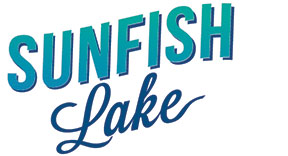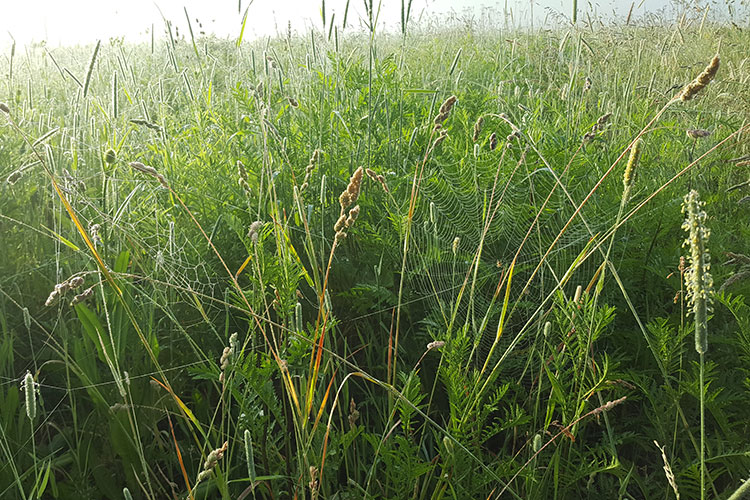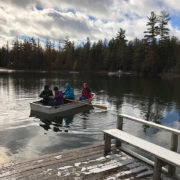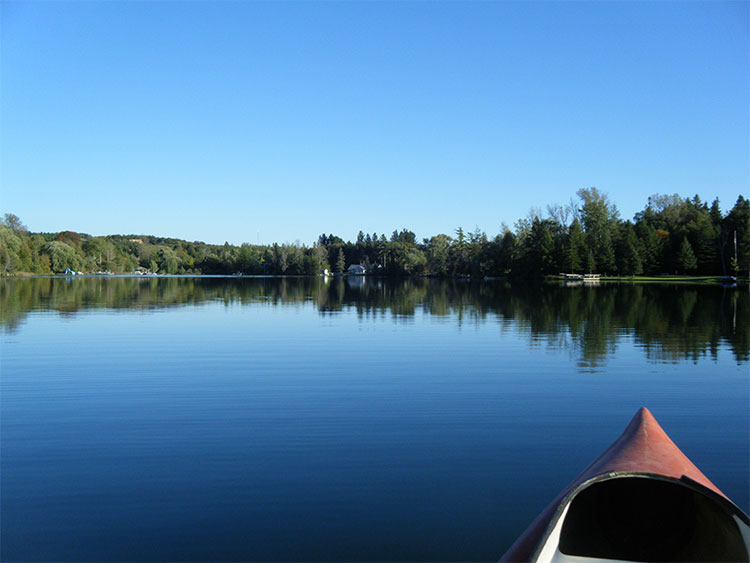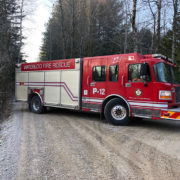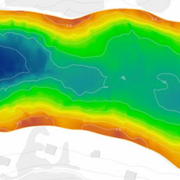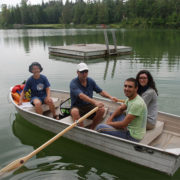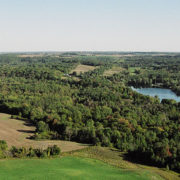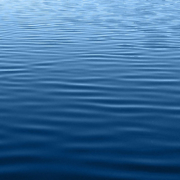Lake Water Monitoring
/in News, Research /by kg-adminOur water committee has continued to meet and work actively on developing a better understanding of the lake basin and for the safety of everyone will be undertaking both a water quality monitoring program and research program again this summer. We also have several teams of students from area universities doing research to help us better understand our lake ecosystem.
We still have a serious issue with an overabundance of nutrients such as phosphorus and nitrogen getting into the lake that is setting the stage for serious future problems be it algae, e-coli or cyanobacteria.
Not only will we need to closely monitor the safety of the lake (as other Canadian lakes with cyanobacteria issues saw dog and cattle deaths this past year) we need to find ways to significantly decrease the nutrient loading of the lake and remove existing nutrients being found in concerning levels to reduce the potential for future issues. Everyone needs to consider phosphorus filters on their septic tanks – particularly for any new systems or septics being upgraded.
Similar to last year there will be a Lake Association Annual Fee surcharge to help offset the costs of these very expensive tests and research. You can learn more at the Lake Association website – www.sunfishlake.ca and we will keep you posted as monitoring gets underway in the weeks ahead.
Thanks again to Nancy, Rob, and Bob for all the hours they have volunteered on our water issues.
Sunfish Lake Water Update
/in News, Research /by kg-adminone of several teams of researchers we currently have here at Sunfish Lake has just released an excellent video of the work that they have been doing with drones (and in the future satellites) at our lake. Check out Dr. Claude Duguay’s video here.
Some of our water researchers have also created an online website working with a National Geographic portal to profile their work at Sunfish Lake. They are the group that has set-up the ice camera’s around the lake. Interestingly they are finding patterns similar to Lake Baikal in Russia – one of the deepest lakes in the world. They can’t explain it but hope to keep researching more in the months ahead. You can learn more and see some of the highlights of their work here.
We are extremely fortunate to have these experts and many others helping us to better understand our lake and its surrounding ecosystem. Thanks again to Jill Crumb from Treefrong Environmental for all the help with our water safety monitoring for cyanobacteria, our tribuatary research team from the University of Waterloo lead by Patricia Hyunh, along with Bev Raimbault, Anne Grant and all the University of Waterloo Laboratories volunteers for the analysis of hundreds of samples throughout the year.
Thankfully our lake remained safe for swimming and use most of 2018 though we did experience a cyanobacteria outbreak confoundingly in November well past any anticipated or expected timing. The mysteries of Sunfish Lake are baffling our researchers (and drawing increasing interest as a result) however, it is clear that we still have a serious issue with an overabundance of nutrients such as phosphorus and nitrogen getting into the lake that is setting the stage for serious future problems.
Not only will we need to closely monitor the safety of the lake (as other Canadian lakes with cyanobacteria issues saw dog and cattle deaths this past year) we need to find ways to significantly decrease the nutrient loading of the lake and remove existing nutrients being found in concerning levels to reduce the potential for future issues.
Thanks again to Nancy, Rob, Bob, Sue, Jessica, Deb and everyone who volunteered extensively with our water research efforts.
Septic Testing
/in News, Research /by kg-adminAs part of our ongoing water research throughout the Sunfish Lake watershed to try to determine where our excess nutrient levels (phosphorus and nitrates) are coming from, we are again going to be testing soil samples – in particular testing each septic leaching bed like we did last year.
We are hoping for improved accuracy this year, thus volunteers will be coming to help mark your septic area with little orange flags. If you can help them locate the four corners approximately of your septic field (“where the grass is normally greener”) that would be appreciated. Also, please leave the flags in place for a few weeks until the University of Waterloo lab technicians obtain the soil samples.
Sunfish Lake Water Quality
/in News, Research /by kg-adminWith such fabulous weather already this year there have been many swimmers in the lake already and thankfully our water quality seems good. We have had our research team from the University of Waterloo out twice already this year doing testing and taking samples from the lake and tributaries. Our monitoring program for cyanobacteria with Treefrog Environmental will begin on June 20th and continue throughout the summer with biweekly water testing for cyanobacteria and toxins. Many thanks to Nancy, Rob and Bob for the dozens of volunteer hours they continue to provide to helping to ensure we have the best possible water quality.
While currently the water quality is good, almost all tests are showing that our nutrient levels (particularly for phosphorus and nitrogen) continue to be far too high and above the recommended thresholds to prevent algae and cyanobacteria outbreaks. Thus, if conditions are right there is already too much “fuel” in our water/sediments potentially leading to significant and toxic algae outbreaks. We need to continue to do everything possible to reduce and eliminate these surplus nutrients including:
– no fertilizers or pesticides
– no soaps, shampoos or detergents
– removal of all dog and pet waste from lawns
– septic pumping and upgrading of septic tanks with phosphorus removal systems
There is a good article about the increasing problems of algal blooms in this month’s Cottage Life Magazine: https://cottagelife.com/general/how-to-prevent-algal-blooms-at-your-lake/
You can also learn more at our website – www.sunfishlake.ca where research results, background articles, and all the information we are learning is being centralized.
Similar to last year there will be a levy of $450 in addition to our regular fee to help cover the costs of all the water quality monitoring and research to ensure the safety of people using the lake. While the Executive realizes this is a significant outlay for each family, we have been able to leverage our funds with tens of thousands of dollars of additional funding, research, and laboratory testing with numerous partners including the University of Waterloo, the University of Western Ontario, the University of Guelph, the University of Ottawa. the Ministry of Environment and Climate Change, the Ministry of Natural Resources Dorset Freshwater Lakes Center, the Grand River Conservation Authority, the Region of Waterloo Public Health Unit and others.
In fact, we were able to stretch the few thousand dollars we raised from our levy last year to obtain more than $100,000 worth of services and laboratory testing including daily visits and sampling from University of Western Ontario graduate students. This research has provided us with an increasingly clear understanding of our ecosystem and the challenges it is facing.
This year’s efforts will continue to confirm these findings, monitoring water quality on a regular basis for safety, and start to trial some remediation measures. In addition to our two research and monitoring teams we will have three other groups of researchers from area universities working on climate change, using artificial intelligence to identity harmful algae blooms, and drone hydrogeomatics that will be undertaking research at Sunfish Lake providing us with research results and extremely important data as we try to figure out our extremely complex and unique ecosystem.
